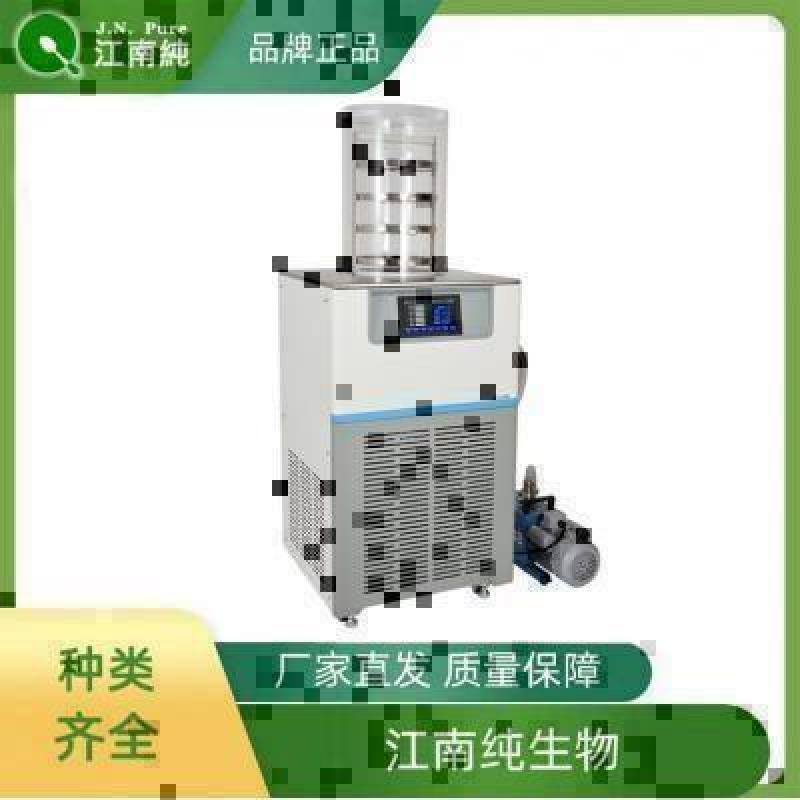Anti-PTPH1 antibody
| 英文名称 | PTPH1 |
| 中文名称 | 蛋白酪氨酸磷酸酶H1抗体 |
| 别 名 | cytoskeletal-associated protein tyrosine phosphatase; protein tyrosine phosphatase H1; protein tyrosine phosphatase non-receptor type 3; Protein-tyrosine phosphatase H1; PTN3_HUMAN; PTP H1; PTP-H1; PTPH1; PTPN3; Tyrosine-protein phosphatase non-receptor type 3. |
DATASHEET
Host:Rabbit
Target Protein:PTPH1
IR:Immunogen Range:11-110/913
Clonality:Polyclonal
Isotype:IgG
Entrez Gene:5774
Swiss Prot:P26045
Source:KLH conjugated synthetic peptide derived from human PTPH1/PTPN3:11-110/913
Purification:affinity purified by Protein A
Storage:0.01M TBS(pH7.4) with 1% BSA, 0.03% Proclin300 and 50% Glycerol. Shipped at 4℃. Store at -20 °C for one year. Avoid repeated freeze/thaw cycles.
Background:The phosphorylation of proteins at tyrosine residues has long been recognized as an important regulatory component of signal transduction. This is a reversible process, involving both enzymes that phosphorylate proteins on tyrosine residues as well as a rapidly expanding family of protein tyrosine phosphatases. These latter enzymes bear little resemblance to either the protein serine and protein threonine phosphatases or to the acid and alkaline phosphatases. In most tissues, the major PTPase is a vanadate- and molybdate-sensitive protein. PTP-H1 shares homology with the cytoskeletal-associated proteins band 4.1, ezrin, and talin and has been shown to contain a PDZ and band 4.1 domain. These domains are responsible for targeting proteins to the cytoskeleton-membrane interface, as well as mediating protein-protein interactions, recognizing C-terminal valine residues and binding to other PDZ domains. Overexpression of PTP-H1 may reverse transformation induced by oncogenic protein-tyrosine kinases, such as the members of the src family.
Size:100ul
Concentration:1mg/ml
Applications:WB(1:500-2000)
ELISA(1:5000-10000)
IHC-P(1:100-500)
IHC-F(1:100-500)
IF(1:50-200)
Cross Reactive Species:Human
Mouse
Rat
Dog
Cow
Horse
Sheep
.
For research use only. Not intended for diagnostic or therapeutic use.


好评度